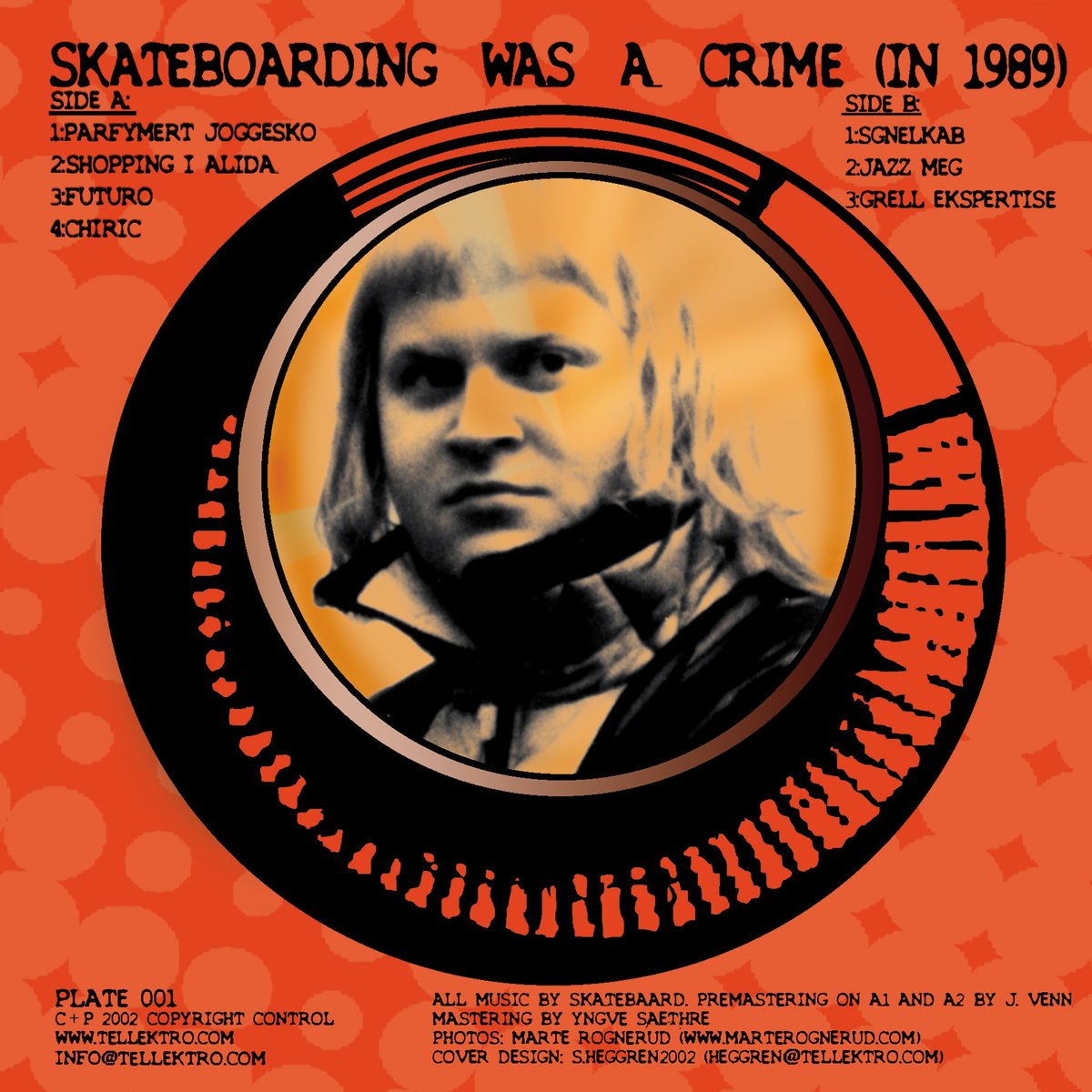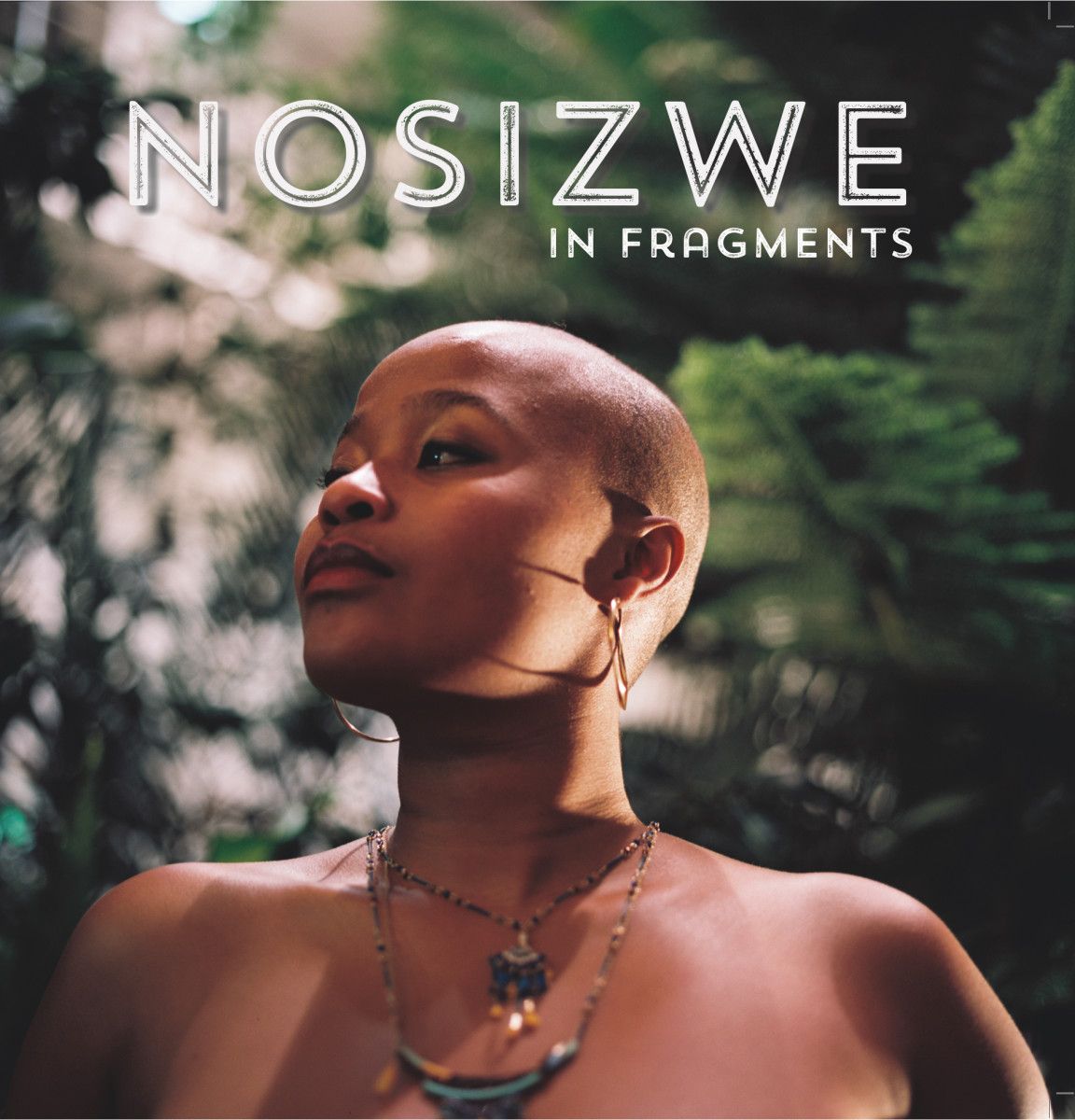Listen back to a live mix from Andrew Weatherall recorded in Jæger’s basement.
Andrew Weatherall fans are loyal to the point of obsession. Right now on Facebook there is a page dedicated to inducting Weatherall into the hallowed spot of John Peel’s original Radio 1 slot, suggesting, in no subtle way that Weatherall is the reverent spirit of Peel incarnate today… and they’re possibly right.
In Bill Brewster and Frank Broughton’s glossary, The Record Players: DJ Revolutionaries, Weatherall stakes his rightful claim as the “electronic punk” only a few pages away from the revered Peel, aptly bridging a gap between the likes of Francis De Grasso and Sasha, a position that at the age of 55 continues to make him an enduring presence that pursues a singular path in music.
In the early nineties after Acid House was firmly instated as part of popular culture and shortly after his success with Primal Scream on the 1991 record Screamadelica, Andrew Weatherall could have easily taken a position amongst the Oakenfolds and Sashas of the world as a superstar DJ, but feigned the spotlight in favour of something more substantial.
“It’s a lot of work, once you go up that slippery showbiz pole”, he told The Independent in a 2016 interview with Fiona Sturges. “(I)t would keep me away from what I like which is making things. I mean, I had a little look in the early Nineties. I stood at the bottom of that pole and looked up and thought to myself ‘The view’s pretty good. But it’s very greasy and there are a lot of bottoms up there that I might have to brush my lips against. So, maybe I’ll give it a miss’.”
It was from this position where Weatherall had an epiphany that would set him on the trajectory that lands him here today in is spot as a bonafide DJ Revolutionary.
“I was kind of in on the bottom rung playing Cream and all those clubs and I nearly went with it” he tells The Ransom Note. “But I was in these clubs thinking I should be playing better music than I’m playing. I was thinking ‘I shouldn’t really be playing this music, there are far better records in my bag’.”
Even when Andrew Weatherall was playing to audiences always in anticipation of a hands in the air moment his record bag remained consistently eclectic and weird.
Weatherall grew up in the suburbs on the outer fringes of London, and he would spend his weekends going on “raiding parties” in the city. Trips like these would usually involve some “skirmishes” he told Bill Brewster in The Record Players, but ultimately they would involve buying records. In Beaufort Market in the Kings Road, the same road which Sex Pistols came to the fore and Vivienne Westwood and Malcolm McLaren owned and ran the Sex Shop, Weatherall bought post punk records from a place called the Cage. In the week Weatherall would be engaged in all manner of jobs just to make enough money for a weekend jaunt into the city. By the age of 13 he had become known as the “bloke with the weird records” and as he came of age he would start being asked to “come play some music”, stepping into the role of DJ as that role became more defined through the 1980’s.
And then Acid House happened, and it was like: “call that bloke with weird records to come and play in six in the morning!” Andrew Weatherall stepped into that role at Shoom; “the place that kicked off rave culture” according to Rolling Stone Magazine. “I wasn’t skilled” admits Weatherall to Brewster, “I was playing such varied music, you couldn’t mix it”. Even so, Shoom was the launch pad that put Weatherall’s career on a trajectory to DJing, and bookings followed where he crafted his skill in a trial by fire, going from the weird records he would play at six in the morning at Shoom to mixing House and Disco. By 1990 his presence had been established in the echelons of Acid House, where his legacy as a DJ and producer would eventually be cemented with Screamadelica and all the records and remixes that followed from there.
Today Andrew Weatherall continues to enjoy a legacy as the “bolshie bastard” he cultivated during those early years; the perpetual outsider that has elevated him to become the rightful heir to John Peel, but also perhaps not. Although his sets on the radio and the music he makes across various projects certainly entertain this comparison, he’s very much a DJ born into the world of Rave and Acid House and as a DJ few compare to Andrew Weatherall as you can hear in this mix we’re streaming exclusively on our website today.
His set eschews the formulaic functionalism of modern House and Techno for those “weird” records in his bag, but today they’re not weird in the sense of The Woodleigh Research Facility, one of the more leftfield project he is currently engaged in, but rather weird in the sense of that “bolshie bastard” attitude, with designs on the booth.
He knows his audience, and at Jæger his set favoured a 4/4 proclivity, but it combined guitars, synthesis and melodic vocal hooks in ways that you don’t often hear on the dance floor. His tracks come from vastly different sonic spheres but in the context of the mix they all find a disjointed relationship with each other bolstered by the unique artistic identity behind it. “Even if you’re playing wildly different music, I try to make some sort of connection or some sort of flow”, Weatherall told Brewster when the latter asked what makes a good DJ.
“I want to listen to something in slightly open-mouthed wonder, doesn’t matter whether it’s a rockabilly track or techno. I got hooked in the idea that everything has to be new and original for a while. Originality is not what’s important, it’s authenticity.”
*Frædag is back this week with Anja Schneider.



